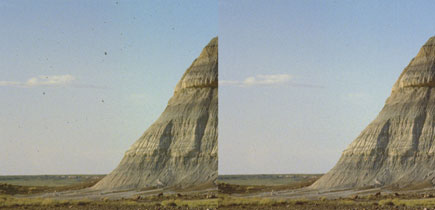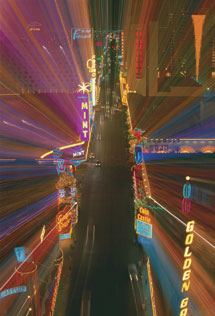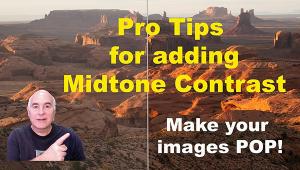In case anyone is considering to buy this film scanner as I once did, please read my comment to see what kind of response you can expect from Plustek if you ever need to contact their customer service.
I've been wanting to buy a film scanner recently and considering my options among used Konica Minolta and Nikons and Plustek 7600i. Among the limited options that I have, I was hesitant to invest lots of money on a used 10 year old scanner such as legendary Nikon Coolscan 5000 and I thought I could wait a little more and see if Plustek comes out with a new product that has better specifications. Because this model, Plustek 7600i, has some features that don't meet my expectations and as far as I have seen on several tests, it is still behind Nikon 5000 and 9000. I wanted to try my chance and emailed Plustek asking if they are planning to bring out a new scanner soon. However, I was completely shocked with the response that I was getting from Plustek. Below, I am copying and pasting their responses to me and my responses to them. The following communication has been between me and a guy named Edward Dailey from Plustek.
Here is the first original email that I sent;
Dear Sir/Madam,
I would like to ask you if Plustek is considering to bring out a new and
improved 35mm film scanner anytime soon? The current model 7600i seems like a good product but two things that make me not want to buy it is first of all its low D.Max value compared to the dynamic range of negative films and D.Max of other film scanners priced around the same(Konica Minolta 5400 II), and secondly the lack of focus control. The fixed focus of the scanner really decreases its professional value.
----------------
And here is the response I got from Edward Dailey;
I do not think so, because really you are the only person I have herd say that they would rather own a different brand. Read shutterbug magazine article on our product and see if you still have the opinion you have. We already have the best.
----------------
Next, I responded with the following email;
Dear Sir,
I am sorry but reading your arrogant comment about your product is another reason not to buy it. I would suggest you read reviews on Konica Minolta 5400 II and Nikon Coolscan 5000 and see if you still have the opinion you have. They already produced the best 10 years ago and they are still the best.
----------------
And this is the final ignorant comment that I got from Edward Dailey;
GREAT
----------------
Apart from the fact that I wasn't sure about the durability of this product, the crappiest customer service I have ever dealt with made a very good reason not to spend even $1 for Plustek. If you buy it and have a problem with the scanner in the future, it's quite possible that Plustek will blame you for it and claim that they are the best and their products never make a problem.
I hope my experience helps...






































